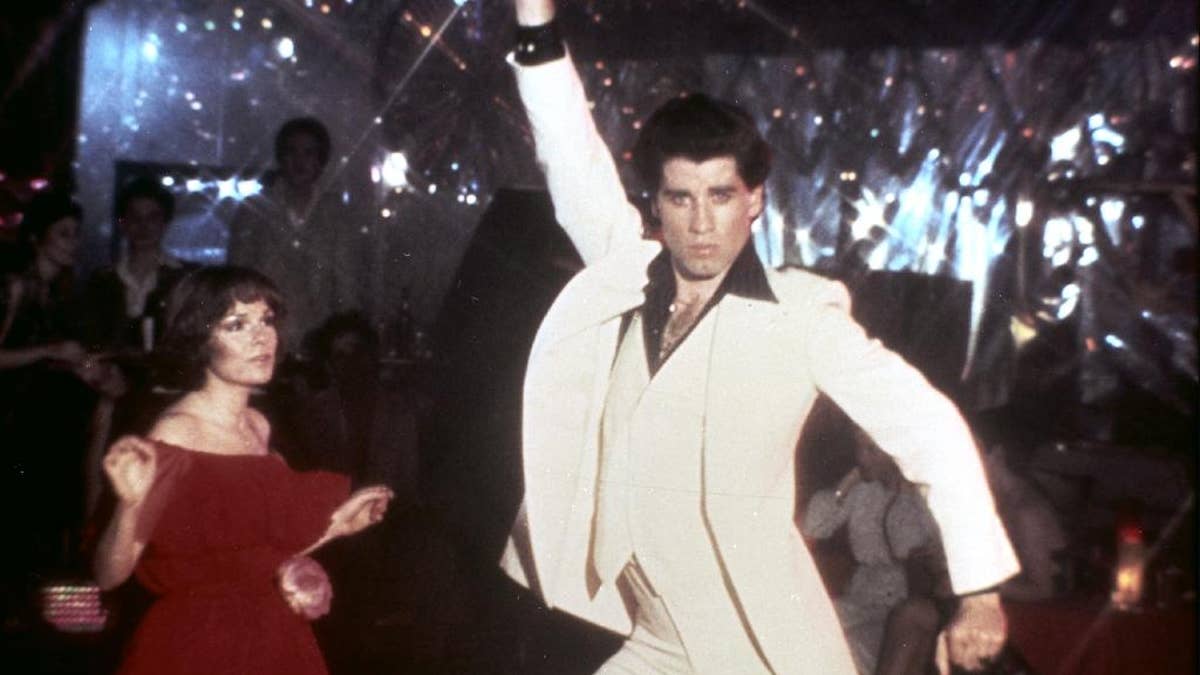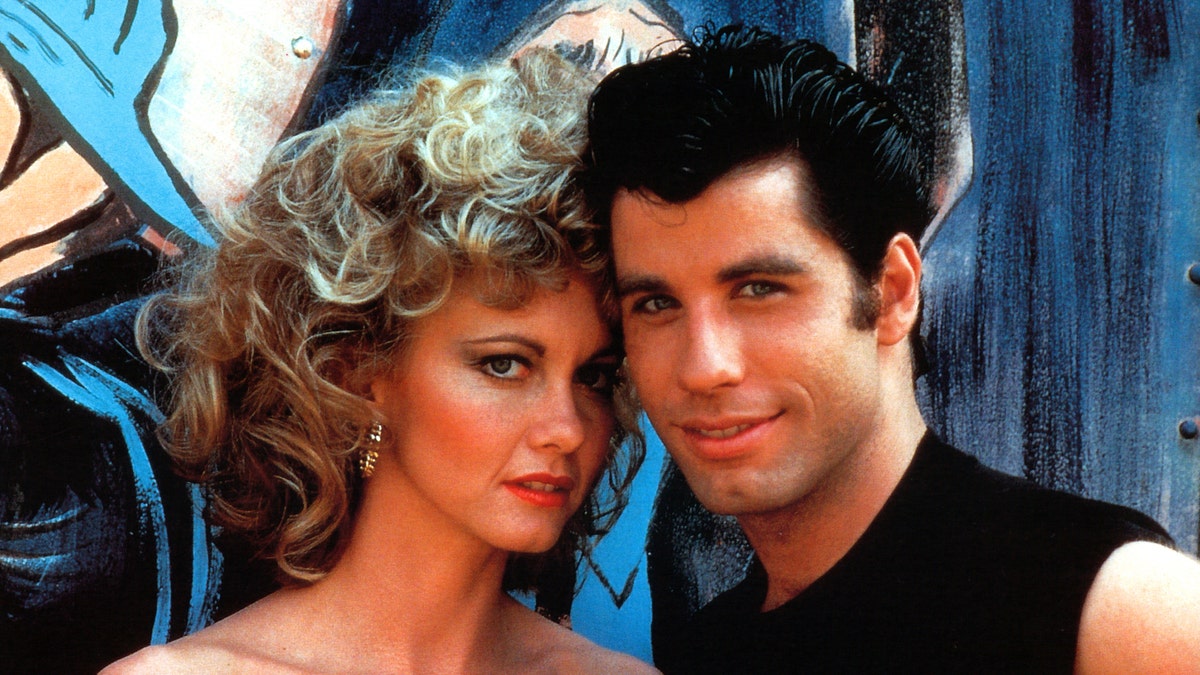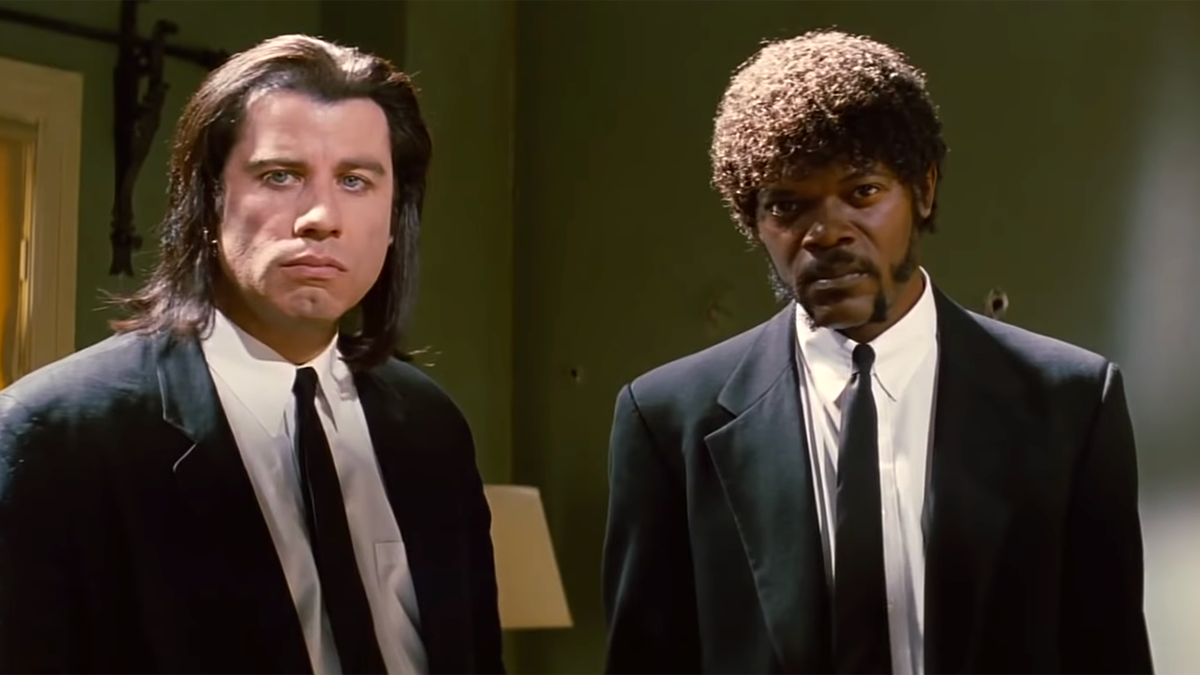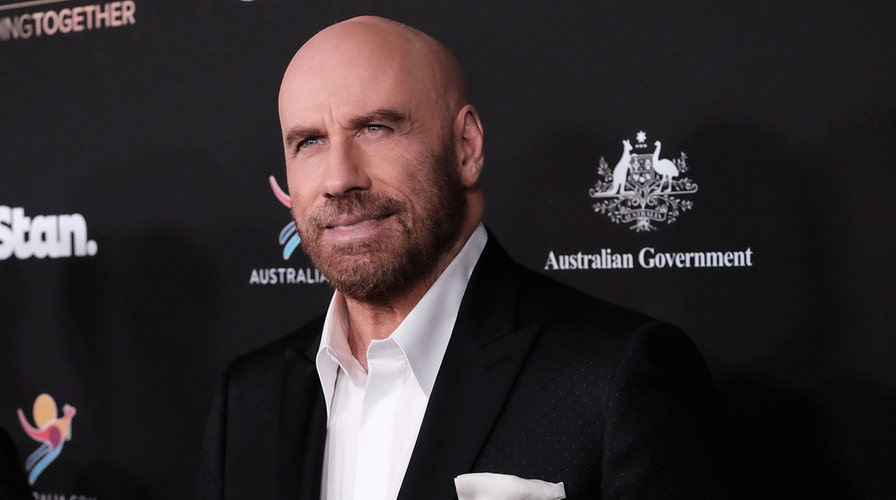Fox News Flash top entertainment headlines for Feb. 17
Fox News Flash top entertainment and celebrity headlines are here. Check out what's clicking today in entertainment.
Whether it’s comedy, drama, singing or dancing, actor John Travolta has proven time and again he’s a jack of all trades when it comes to the entertainment business.
Since getting his big break in the role of Vinnie Barbarino in “Welcome Back, Kotter,” Travolta has not only been a household name but continues to prove he’s got more tricks up his sleeve with each passing year. Whether it’s critically acclaimed roles in TV or film, there’s no telling where the actor will pop up next.
On Feb. 18, Travolta turns 66 and shows no signs of stopping his illustrious career. As the star enters another year of his life, now is the perfect time to take a look back at some of the roles that made him one of the most famous names in Hollywood:
“Saturday Night Fever” (1977)

John Travolta earned his first Oscar nomination for his role in 'Saturday Night Fever.' (AP Photo/Paramount Pictures, File)
After spending a couple of years on “Welcome Back, Kotter” Travolta was sitting comfortably as a TV heartthrob with countless fans. He went into the production of “Saturday Night Fever” with a lot of wind at his back. While that may sound good, Mental Floss notes that it actually harmed production on the film. When production began in Brooklyn, it didn’t take long for fans to hear that Travolta would be in their neighborhood.
Co-star Donna Pescow previously said: "The fans—oh, my God, they were all over him. It was scary to watch."
Fortunately, the producers managed to wrangle the crowd and the actor was able to give an Oscar-worthy performance. In what was his first major film role since being cast as Barbarino, Travolta shot from everyday TV heartthrob to Academy Award nominee. Although he didn’t win in his category, the role propelled his career to new, previously unfathomable heights.
It even sparked a sequel in 1983, “Staying Alive” where he reprised his role as Tony Manero.
“Grease” (1978)

Olivia Newton-John and John Travolta starred in 'Grease,' which proved to the world that the young actor was a talented singer in addition to TV heartthrob. (Paramount/Getty Images)
“Saturday Night Fever” showed the world that Travolta can dance, but “Grease” showed that he can also sing. He agreed to star as Danny Zuko in the 1978 adaptation of the 1971 musical of the same name by Jim Jacobs and Warren Casey.
Set in the 1950s, "Grease" follows a group of high schoolers as they navigate love and class through song, dance and some pretty awesome hot rods. The film continues to grow legions of fans with every new generation, despite being marked by its decidedly dated time period. Speaking at an event for the Academy of Motion Picture Arts and Sciences in 2018, the actor posed his theory on the enduring interest in “Grease.”
“The two writers, the original writers of ‘Grease,’ were obsessed with their teenagehood in the 50s. They did a microcosm of every great aspect of the 50s. The best of James Dean, the best of Brando, the best of Elvis, they did this microcosm and put it in one communication,” he explained. “So it could be that it triggers our favorite moments of a decade all in one movie instead of separate movies… Just an idea.”
“Pulp Fiction” (1994)

John Travolta earned his second Academy Award nomination for 'Pulp Fiction.' (Miramax)
Although he worked consistently throughout the 1980s, a series of commercially successful but critically maligned films made it seem like Travolta’s career was as dead as the disco craze he’d helped start. Fortunately, he managed to secure a role in Quentin Tarantino’s smash hit “Pulp Fiction” as the drug-addicted hitman, Vincent Vega. The role would ultimately lead Travolta to his second Oscar nomination and a complete revitalization of his acting career.
However, according to a Vanity Fair article from 2013, one tried desperately to ensure he wasn’t cast in the film, now-disgraced movie mogul Harvey Weinstein.
At the time, Weinstein was given a terms sheet that he agreed to for the film, with the exception of casting Travolta in the lead role.
“And it came back: ‘The entire list is approved … except for John Travolta.’ So I got together with Harvey, and he’s like, ‘I can get Daniel Day-Lewis, Sean Penn, William Hurt,’” Tarantino told the outlet.
It wasn’t until longtime Tarantino collaborator Mike Simpson put his foot down and literally threatened to walk away from Weinstein’s funding in 15 seconds that the movie tycoon was forced to relent. When the movie became a smashing success thanks in large part to Travolta, Weinstein is said to have jokingly taken credit for the decision to cast him.
“Hairspray” (2007)

John Travolta had a big say in how his character in 'Hairspray' looked. (New Line Cinema)
By 2007, Travolta had seemingly done everything there was to do in Hollywood. With a myriad of both successful and not-so-successful roles under his belt, the actor agreed to take on the gender-bending role of Edna Turnblad in the film version of “Hairspray.”
The movie tells the story of a young overweight girl in 1962 named Tracy who gets a shot on her favorite local TV show, “The Corny Collins Show.” Because of her weight, she struggles to be taken seriously, giving her a bond with her African-American co-stars, who are fighting against segregation. Tracy’s journey inspires her mother, Edna, to feel comfortable in her own body as well. The famous play originally had Broadway legend Harvey Fierstein in the role of Edna, playing it more like an over-the-top caricature. But Travolta opted to play her a different way.
According to a New York Times article written prior to the movie’s release, Travolta had countless costumers, special makeup artists and even prop masters to craft a suit and look that would make Edna feel more grounded in reality, while still upholding the tradition of having a man play her.
“American Crime Story: The People v. O.J. Simpson” (2016)

John Travolta returned to TV in a more dramatic role, playing Robert Shapiro in 'American Crime Story: The People v. O.J. Simpson.' (FX)
After immense success in the film world, Travolta decided to return to the place where he got his big break — television.
However, unlike “Welcome Back, Kotter,” his take on real-life defense attorney for O.J. Simpson Robert Shapiro had precious few laughs. Shapiro was one of the members of the famed football player’s legal team in his 1994 criminal trial for the murders of Nicole Brown Simpson and her friend, Ron Goldman.
“American Horror Story” helmer Ryan Murphy dramatized the story for TV and Travolta donned heavy makeup in an effort to look the part. After two Oscar nominations, the role gave the actor his first Emmy nod. Although he lost in the supporting actor category, the show at large took home the Emmy for outstanding limited series that year.






















